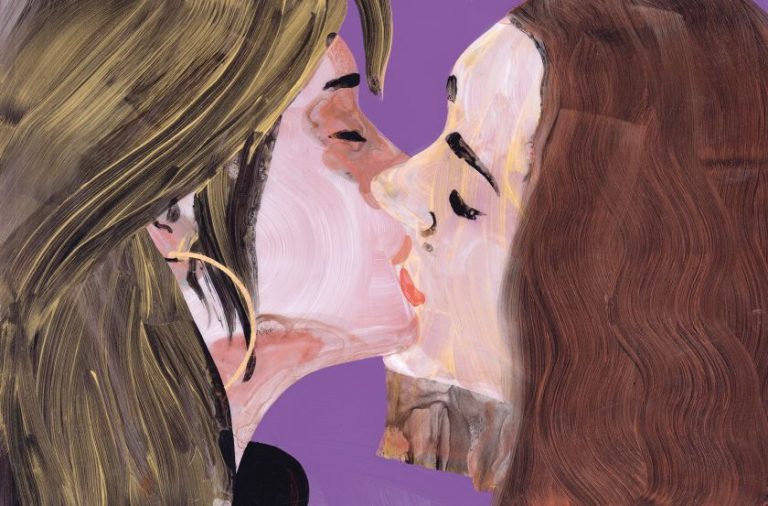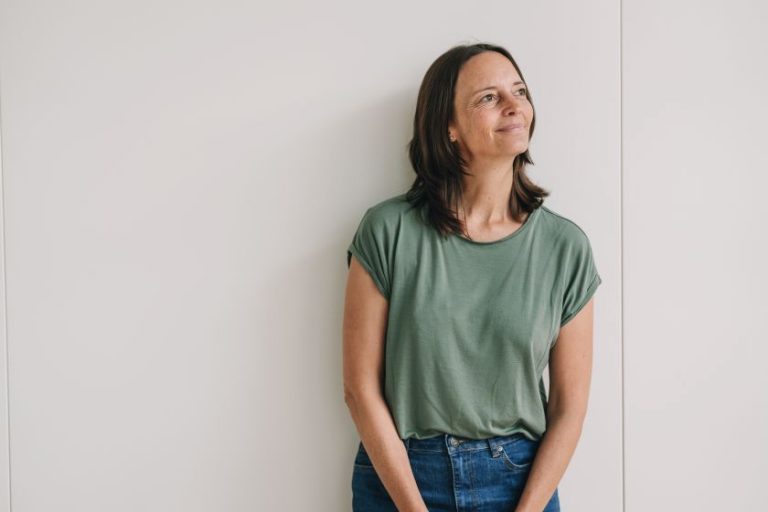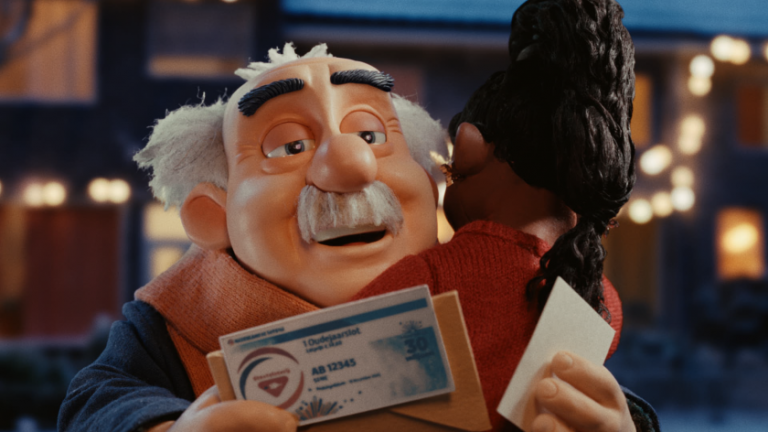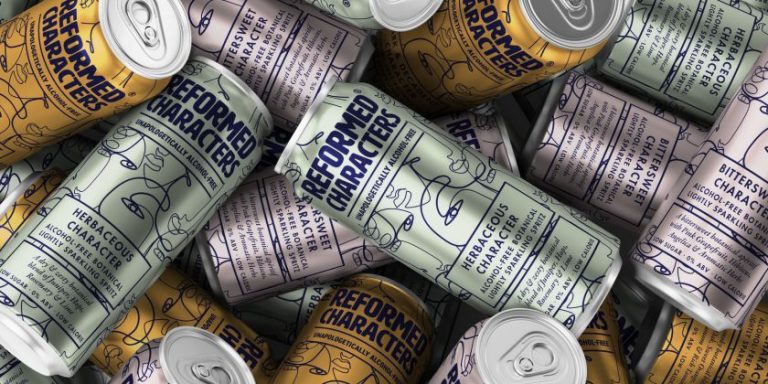UK-based illustrator Emil Paun has channelled his childhood love of sci-fi novels into an optimistic series of images that imagine a more hopeful future for humanity.
It’s all too easy to be pessimistic about the state of the world. AI will take your job if climate change doesn’t get you first. But what if everything wasn’t all doom and gloom? What if things work out for the best and people have a bright, happy future to look forward to?
That’s Emil Paun’s approach in his illustration series Techno Optimism. Inspired by the vast collection of sci-fi books he grew up with in his parent’s house, these images picture a world where people and robots live together in harmony in a future where everything has, miraculously, turned out fine.
In this series, couples enjoy a lovely picnic in their solar-powered car, chess-playing robots make for good company, and happy families marvel at distant planets from the comfort of their space station. It’s a refreshingly cheerful take on what the future might have in store for us, all realised in a gorgeous art style.
Emil – as well as being inspired by the likes of Isaac Asimov, Herbert Franke, and Philip K. Dick – settled on this project due to a creative longing. “I started working on this in the summer when I realised that a few of the projects I did ‘for money’ left a rather large gap in my portfolio; I wanted to draw the things I personally feel attracted to,” he tells Creative Boom.
“My ultimate goal is to get better at doing what I do and get some eyes on my work. Build it and they will come, that kind of thing.”
This desire to get better coincided with a huge development in Emil’s life. “I switched to illustration when my son was born,” he adds. “Coming from a graphic design background, I still get impostor syndrome when I see what some talented people can create.”
Part of what makes Emil’s illustrations so reassuring and convincing, even though they are set in the far-flung future, are the little details. This is connected to his interests outside of spaceships and robots. “One thing I like is furniture,” he reveals. “Boring as it may be to everyone else, I get very excited about shelving, chairs and mid-century lamps.
“I also like kids being kids and the odd mishap, like a seagull eyeing up your picnic. Small, normal things like that which happen every day, which make me chuckle, are very inspiring.”
Speaking of kids, Emil’s recent arrival has helped him to look on the bright side of life. “One has to be optimistic,” he says. “I am a father to a young son, and I hope he will grow up in a better world.
“Do I find it difficult to look on the bright side? It comes and goes. I prefer to look at the silver lining as much as possible to have a bit of fun. My ‘mantra’, inherited from my dad, is: Life’s too short to be too serious about it. But also, during the pandemic, I found it very hard to find the good side. I’m still trying to rebalance now.”
Seeing as robots are a recurring feature in this series, it’s no surprise to learn that Emil is something of a gadget man and early adopter. “I surround myself with smart technology and I think it enhances my day-to-day life,” he says. “I never thought I would live the future I was reading about in my books as a kid. Well, bar the flying cars and space travel.
“I think technology should and can play a massive role in improving things for everyone. It starts with smart bulbs; maybe it ends up with a friendly chess game with a robot on a summer evening.”
Robots are one thing, but what about the hot-button topic in the art community: AI? Is that a case of technology overstepping its mark? “AI is a fantastic technological development,” says Emil, “but it is being used for making pictures rather than solving world hunger, which is a very odd start.
“I know there’s still value in pure human creativity, and that’s not figuring out how many more trees Leonardo would have painted behind the Mona Lisa if he had a larger canvas. I have no intention of using AI in my work whatsoever. The process of getting there is far more interesting to me rather than the result.”
As for the project’s future, Emil will keep it going for as long as he has ideas for it. “I also think they would look good as postcards,” he concludes. “I may print some at some point and start sending them to clients, collaborators and friends.”










